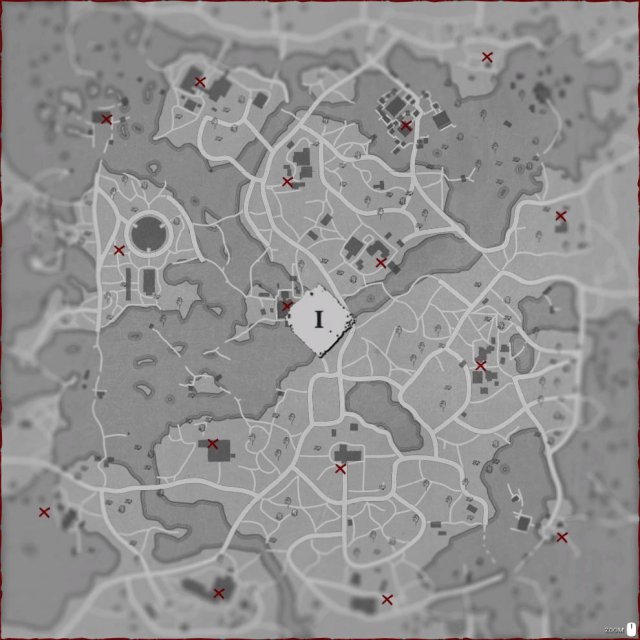
In occult circles, the more commonly encountered modern name "Hierophant" is due to Antoine Court de Gébelin and was an attempt to dechristianise the standard French tarot pack, the Tarot de Marseilles, out of a mistaken belief of a pre-Christian origin. In Tarot of Marseilles, he wears a red cape and a blue robe, in contrast to The Papess, who wears a blue cape and red robe.

Renaissance culture did not question the abstract ideal of the Pope as God's human representative on Earth, but others involved in the religious Reformation of that Age would have disagreed. When the tarot was invented, the Pope controlled a large portion of central Italy known as the Papal States. The papacy was not just a religious force, but was a political and military force as well. The card is also known as "The High Priest", as a counterpart to "The High Priestess" (which itself is also sometimes known as "The Papess", as counterpart to "The Pope"). Sometimes he is shown with worshippers, as his alternate title is the Pope or, sometimes, Jupiter. He wears a triple crown, and the keys to Heaven are at his feet. In most iconographic depictions, the Hierophant is seen seated on a throne between two pillars symbolizing Law and Liberty or obedience and disobedience, according to different interpretations.

The Hierophant is typically male, even in decks that take a feminist view of the Tarot, such as the Motherpeace Tarot, The Hierophant was also known as "The Teacher of Wisdom". The Hierophant is thus a true "pontiff", in that he is the builder of the bridge between deity and humanity. In many modern packs, the Hierophant is represented with his right hand raised in blessing or benediction, with two fingers pointing skyward and two pointing down, thus forming a bridge between Heaven and Earth reminiscent of that formed by the body of The Hanged Man.


 0 kommentar(er)
0 kommentar(er)
